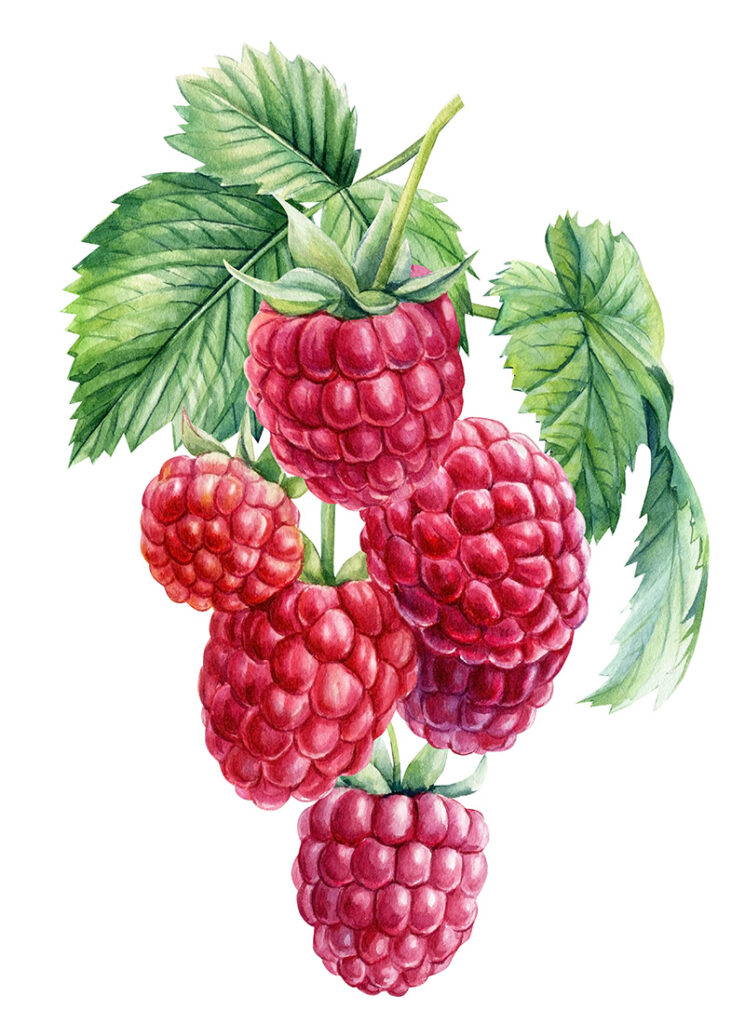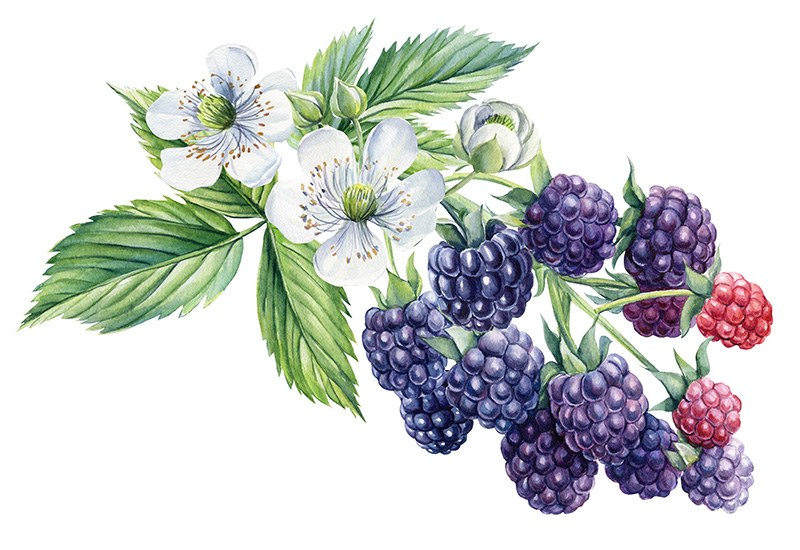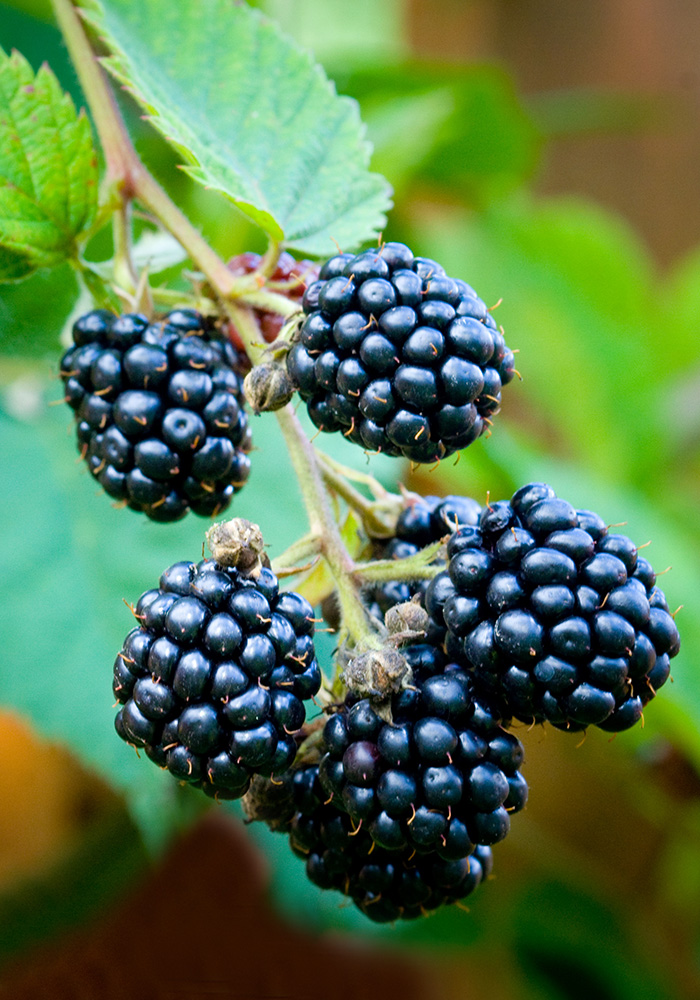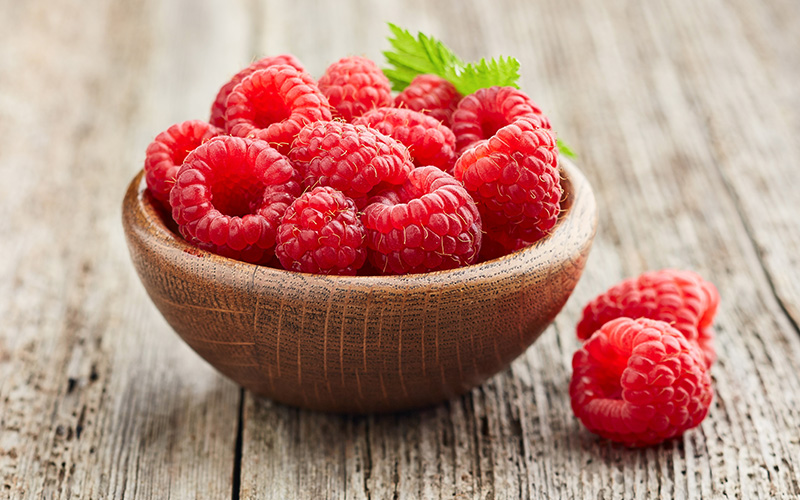What's in a Name?
Raspberries & Blackberries
Blackberries and raspberries belong to the genus Rubus, a large and diverse genus of flowering plants in the rose family, Rosaceae, subfamily Rosoideae with over 1,350 species. Because these berries have woody stems with prickles or thorns like roses they are often referred to as bramble fruit. The term cane fruit or caneberry is also used to describe raspberries and blackberries since they grow on long canes and are generally grown with supports such as wires or canes. Blackberries and raspberries are not true berries, like grapes or blueberries, but are composed of a collection of drupelets, with each drupelet containing a seed.
The genus Rubus is distributed from tropical to subarctic regions. Most of these are perennial, deciduous, woody shrubs. Raspberries make up a subgenus called Ideobatus and blackberries are a subgenus called Eubatus. Rubus fruits, especially blackberries, are easily hybridized leading to a great variety of cultivars that are bred for distinct qualities and characteristics. Well known hybrid berries include, loganberry, boysenberry, olallieberry, marionberry, and tayberry.



caneberry development
While caneberry plants have perennial roots, each individual bramble cane lives for only two years. Generally, the new cane comes out of the ground in the spring and grows to about its full size but does not flower. Then, after it winters over, the following summer it flowers and fruits. After fruiting, it dies. The first year, it is called a primocane, and the second year it is called a floricane. So, for most types of raspberries and blackberries, this year’s primocanes are next year’s fruit producers, and the plant has both types at the same time for much of the growing season. However, bramble researchers and growers have developed some varieties and production systems that manipulate this pattern to cause fruiting on primocanes or encourage plants to produce fall fruits.
getting to the core

